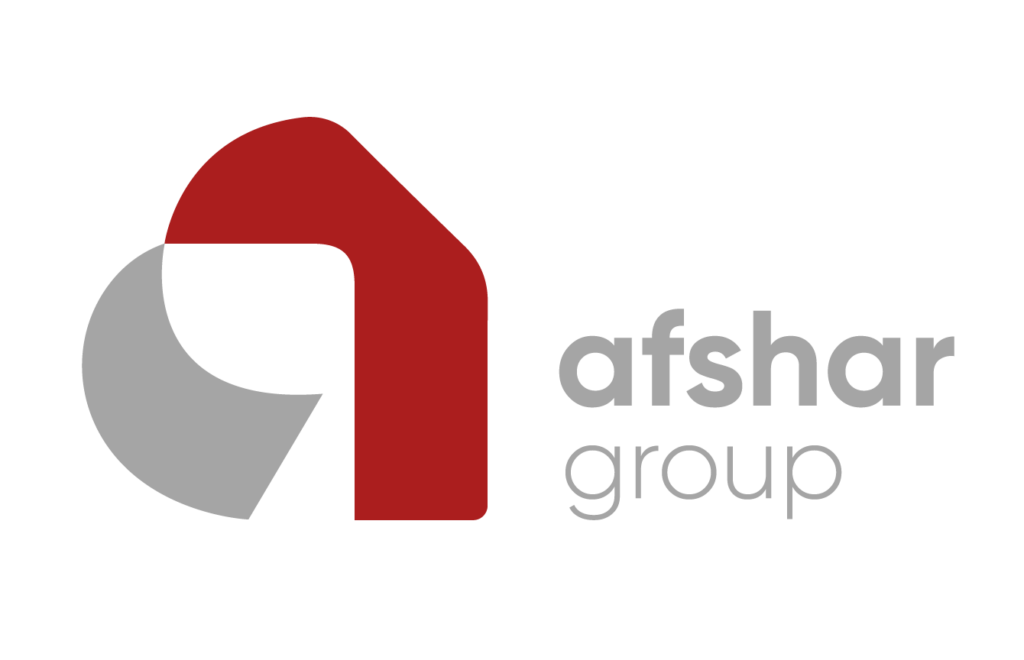Trade in Iran: Exports, Imports, and Challenges
Trade plays a crucial role in Iran’s economy. Despite facing economic sanctions and various challenges, Iran maintains a strategic position in the region regarding the export and import of goods.
Exports:
Major Export Products: Iran primarily exports raw materials and semi-finished products, including oil, gas, petrochemicals, metals, and agricultural products. Carpets, saffron, and handicrafts are also among the country’s export items.
Export Markets: China, Iraq, Turkey, the United Arab Emirates, and India are Iran’s main trading partners in terms of exports.
Export Challenges: Economic sanctions, complex laws and regulations, weak infrastructure, and bureaucratic hurdles are among the major challenges hindering Iran’s exports.
Imports:
Major Import Products: Iran imports a wide range of goods, including food, medicine, machinery, appliances, and industrial parts.
Import Markets: China, the United Arab Emirates, Turkey, India, and Germany are Iran’s primary trading partners for imports.
Import Challenges: Import dependency, liquidity constraints, currency rate fluctuations, and administrative corruption are among the import challenges in Iran.
Trade Development:
Government Measures: The Iranian government is striving to boost trade by removing obstacles and facilitating trade. This includes reforming laws and regulations, developing infrastructure, and supporting the private sector.
Role of the Private Sector: Iran’s private sector plays a significant role in trade development. Chambers of commerce and private sector organizations are active in promoting trade, attracting investment, and providing services to traders.
Potential Opportunities: With its geographical location, natural resources, and young workforce, Iran holds considerable potential for trade development in various sectors, including agriculture, industry, and services.
Real Estate Buying and Selling in Iran: A Comprehensive Guide
Purchasing and selling real estate in Iran involves a complex process encompassing multiple steps. Here’s a breakdown of the key stages:
Finding a Property:
-
Define Budget and Requirements: Begin by establishing your budget and property needs. This includes factors like property type (apartment, house, land, etc.), size, number of bedrooms and bathrooms, location, and amenities.
-
Online Search: Utilize online platforms like Divar, Sheypoor, IranFile, and Kelid to browse property listings.
-
Engage a Real Estate Agent: Real estate agents can assist in finding suitable properties, negotiating with sellers, and facilitating the legal buying process.
Purchasing a Property:
-
Property Inspection: Thoroughly inspect the chosen property to ensure its condition meets your requirements and expectations.
-
Submit an Offer: If satisfied, present an offer to the seller, including your proposed price, payment terms, and desired closing date.
-
Negotiation: Negotiate with the seller to reach a final agreement on price, payment terms, and other transaction details.
-
Contract Signing: Once all terms are agreed upon, a written contract is signed by both parties. This contract should outline all transaction details, including the final price, payment terms, closing date, and obligations of both parties.
-
Legal Procedures: Complete the legal process for property transfer, including registering the contract at the notary’s office, paying taxes and fees, and receiving the new ownership deed in your name.
Important Considerations:
-
Conduct Market Research: Research market prices in the desired area before making a purchase.
-
Choose a Licensed Agent: Utilize a reputable and licensed real estate agent.
-
Scrutinize Contracts: Carefully review and understand all contractual terms before signing.
-
Seek Legal Assistance: Consult a lawyer or legal expert for legal guidance during the property transfer process.
Recent Legal Changes:
-
Mandatory Property Registration: The Iranian government has implemented measures to regulate the real estate market and prevent misuse and money laundering. One such measure mandates the registration of all property transactions in the Cadastre real estate system.
-
Increased Property Taxes: Taxes associated with real estate transactions have also increased in recent years.
Future Outlook:
-
Challenges: The Iranian real estate market faces challenges due to factors like sanctions, high inflation rates, and currency fluctuations.
-
Sustained Demand: Despite these challenges, housing demand in Iran remains strong, and the market is expected to maintain its momentum in the long term.
Currency Exchange and Money Services in Iran: A Comprehensive Overview
The currency exchange and money services landscape in Iran is characterized by a mix of traditional and modern players, operating under regulatory oversight from the Central Bank of Iran (CBI). Here’s a comprehensive overview of the key aspects:
Currency Exchange:
-
Authorized Money Changers (Sarrafis): These licensed entities are the primary providers of currency exchange services. They are scattered throughout the country, particularly in major cities and tourist hubs.

